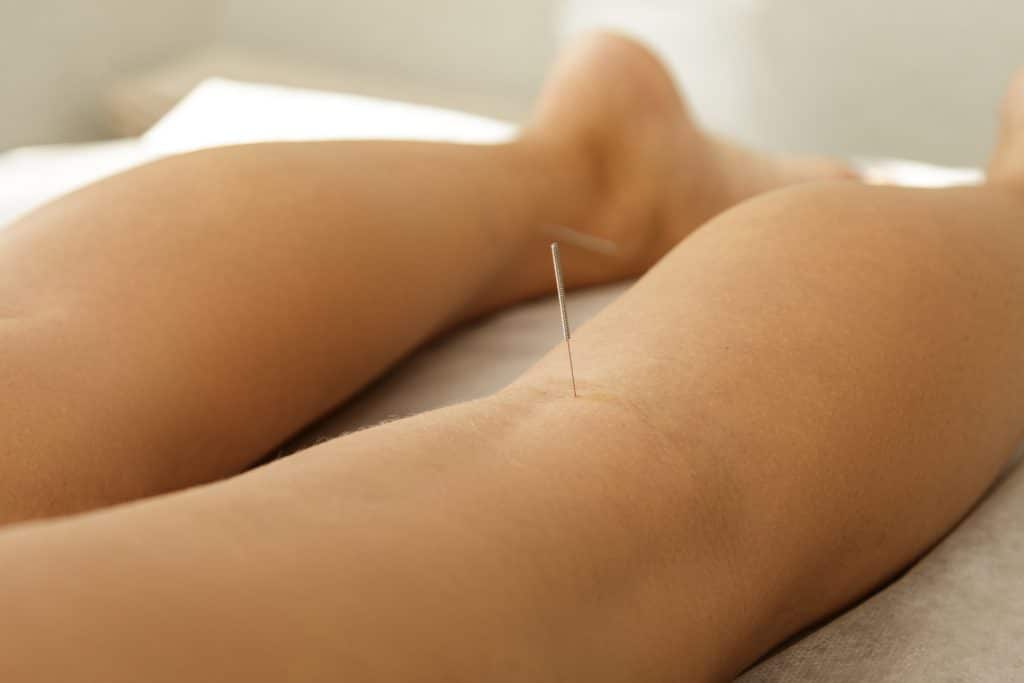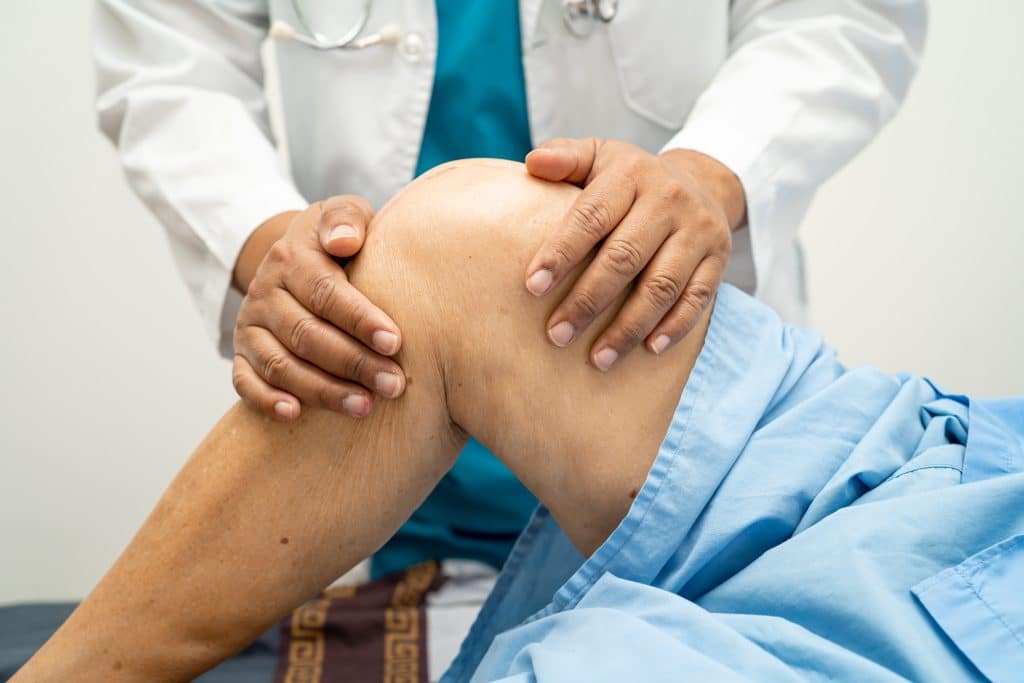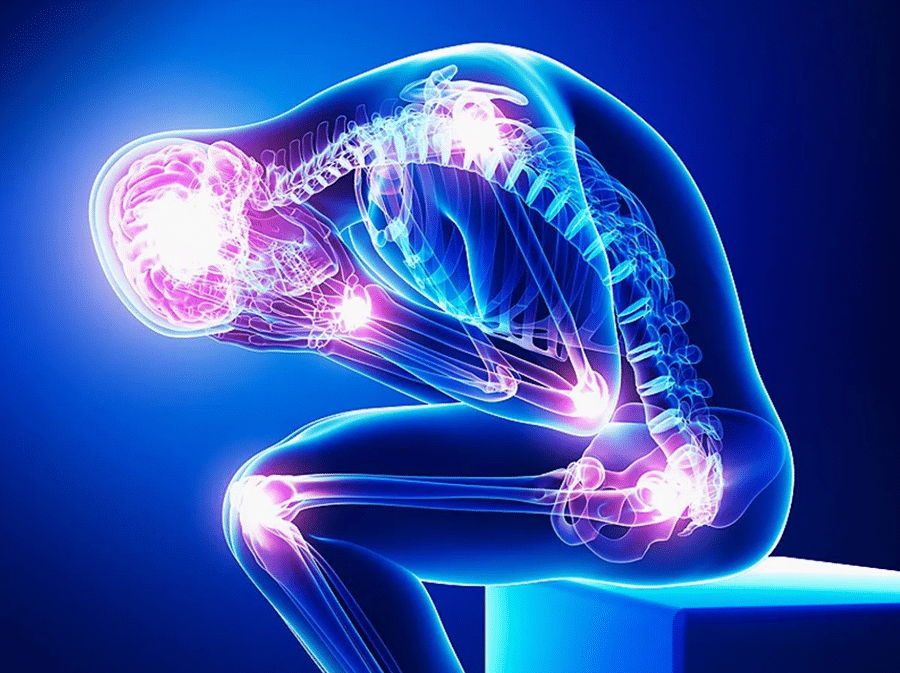Are you tired of the constant, debilitating pain that accompanies sciatica? This discomfort can make even the simplest tasks feel like monumental challenges. Sciatic leg pain is a condition that affects millions, but the good news is that it’s not something you have to endure without options for relief. This post will delve into seven effective ways to combat sciatic leg pain, from physical therapy exercises to alternative therapies. By the end, you’ll be equipped with a variety of strategies to help you lead a more comfortable, pain-free life.
Contents
A Closer Look At Sciatic Leg Pain

Sciatic leg pain is more than just a simple ache; it’s a symptom of an underlying issue involving the sciatic nerve, which runs from your lower back down each leg. The pain can range from a mild nuisance to an unbearable agony that interferes with daily activities. Understanding the anatomy and common symptoms of this condition is the first step toward effective treatment. Knowing what triggers your pain can also help you and your healthcare provider develop a targeted plan for relief.
The causes of sciatic leg pain are varied, from herniated discs and spinal stenosis to pregnancy and even sitting for extended periods. It’s crucial to take action and not let the condition worsen, as untreated sciatica can lead to more severe complications, including muscle weakness and loss of leg function. Consulting a healthcare provider for a proper diagnosis is essential for effective treatment. However, once you have a diagnosis, there are several things you can do to get relief.
Physical Therapy Exercises

Physical therapy is often one of the first lines of defense against sciatic leg pain. A physical therapist can provide you with a tailored exercise regimen designed to strengthen your back and leg muscles, thereby alleviating pressure on the sciatic nerve. Exercises such as the piriformis stretch, seated spinal stretch, and knee-to-opposite-shoulder can be particularly effective.
Consistency is key when it comes to physical therapy. Regularly performing these exercises can not only provide immediate relief but also help prevent future episodes of sciatic leg pain. The benefits of a well-executed physical therapy regimen extend beyond mere symptom relief; they can improve your overall mobility and quality of life.
Medication Management

Over-the-counter medications like ibuprofen can offer quick, temporary relief from sciatic leg pain. These non-prescription options are readily available and can be effective for managing mild to moderate symptoms. However, it’s crucial to follow the recommended dosages and consult your healthcare provider for long-term use.
For more severe cases, prescription medications such as muscle relaxants or even opioid painkillers may be necessary. These medications come with their own set of risks and considerations, including potential side effects and the possibility of dependency. Therefore, it’s essential to use them under the strict guidance of a healthcare provider. Medication should ideally be part of a broader treatment plan that includes other methods like physical therapy and lifestyle changes.
Lifestyle Changes

Taking control of your lifestyle can have a significant impact on managing sciatic leg pain. Simple adjustments like weight management and ergonomic furniture can make a world of difference. Excess weight, for instance, puts additional pressure on your spine and can exacerbate sciatic symptoms. Ergonomic furniture supports proper posture, reducing the strain on your lower back and, consequently, the sciatic nerve.
Regular exercise is another lifestyle change that can offer long-term benefits. Activities like walking, swimming, or yoga can strengthen your back and core muscles, providing better support for your spine. However, it’s essential to consult a healthcare provider before starting any new exercise regimen, especially if you’re experiencing severe sciatic leg pain.
Heat And Cold Therapy

The application of heat and cold can offer immediate, albeit temporary, relief from sciatic leg pain. Heat therapy can relax tense muscles and improve blood flow, while cold therapy can reduce inflammation and numb the affected area. Both methods have their own set of benefits and can be effective when used correctly.
However, knowing when to apply heat or cold is crucial. Generally, cold therapy is recommended for acute pain or new flare-ups, while heat is more beneficial for relaxing tense muscles and improving circulation. Always use a barrier, like a cloth, between the heat or cold source and your skin to prevent burns or frostbite.
Alternative Therapies

When traditional methods don’t provide the relief you’re seeking, alternative therapies like acupuncture and chiropractic care can be considered. Acupuncture involves inserting thin needles into specific points on the body, aiming to balance your energy flow and alleviate pain. Some people have found significant relief from sciatic leg pain through regular acupuncture sessions.
On the other hand, chiropractic care focuses on spinal adjustments to improve function and alleviate pain. Herbal remedies like turmeric and devil’s claw have also been used to manage sciatic symptoms. While the scientific evidence supporting these alternative therapies varies, they can be a valuable part of a comprehensive pain management strategy when used in conjunction with conventional treatments.
Mindfulness And Pain Management

The mental aspect of dealing with chronic pain like sciatica is often overlooked, but it’s an essential component of a comprehensive treatment plan. Mindfulness techniques such as deep breathing and guided imagery can help you become aware of your thoughts, feelings, and bodily sensations. This heightened awareness can make it easier to manage your pain and reduce stress, which is often a contributing factor to muscle tension and pain.
Incorporating mindfulness into your daily routine doesn’t require a significant time commitment or specialized training. Simple practices like taking a few minutes each day to focus on your breath or using guided imagery to visualize a less painful state can be effective. While mindfulness is not a substitute for medical treatment, it can be a valuable addition to your pain management toolkit.
Surgical Options

Surgery is generally considered a last resort for treating sciatic leg pain, usually recommended only when all other options have failed to provide relief or when the condition is worsening rapidly. Microdiscectomy and lumbar laminectomy are two common surgical procedures that aim to relieve pressure on the sciatic nerve.
The decision to undergo surgery should not be taken lightly. It comes with its own set of risks and benefits, and the recovery process can be lengthy. However, for some, surgery may offer the best chance for a long-term solution to debilitating sciatic leg pain.
Get Started On The Road To Relief!
You don’t have to let sciatic leg pain control your life. From physical therapy and medication to lifestyle changes and alternative therapies, there are numerous paths to relief. While consulting healthcare providers for a tailored treatment plan is essential, taking proactive steps can make a significant difference in your comfort and quality of life. Here’s to your journey toward a more pain-free existence!


